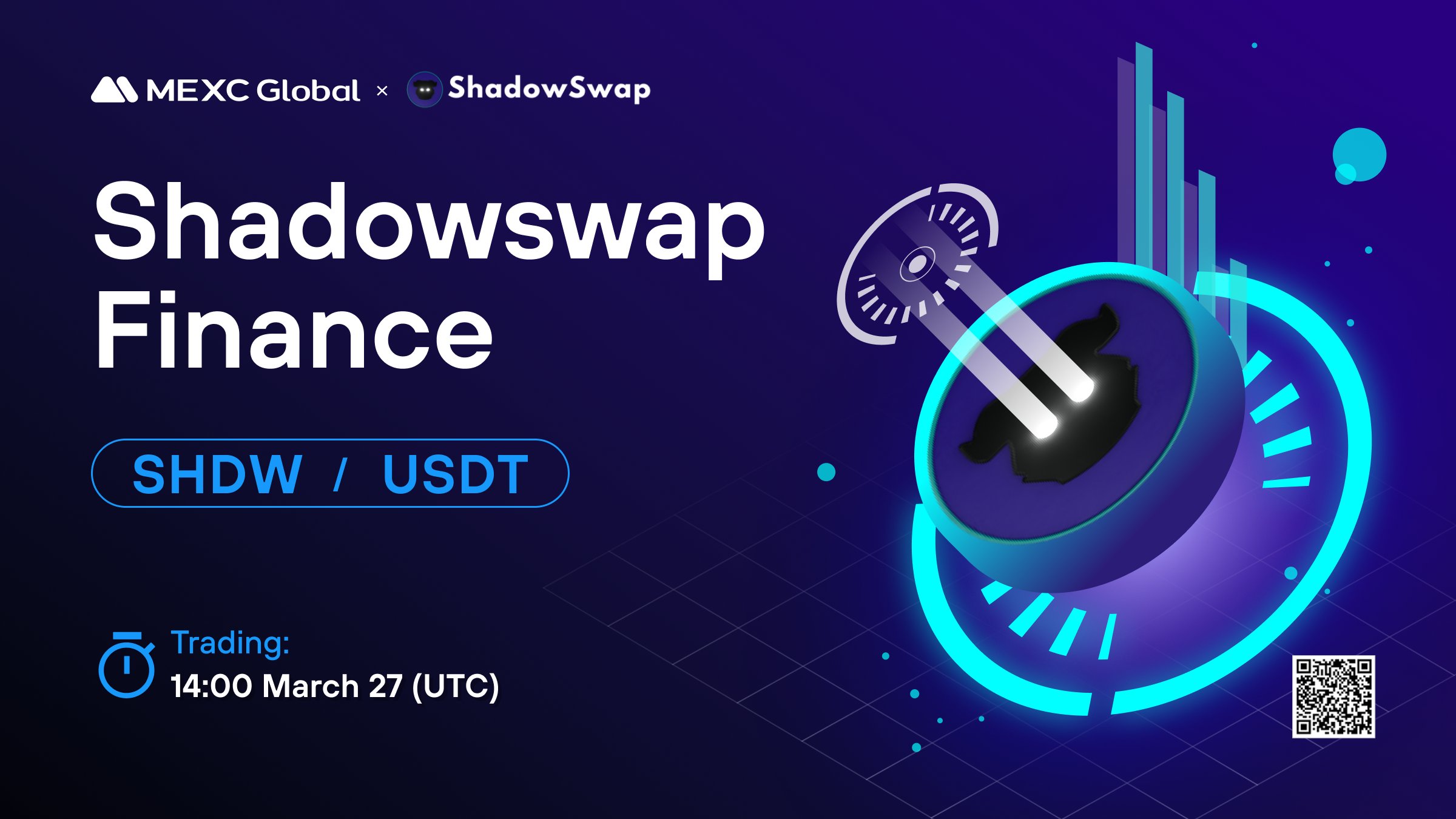Introduction to Technical Analysis for PCX Trading
Technical indicators are mathematical calculations based on price, volume, or open interest that help traders analyze market trends and make informed trading decisions. In cryptocurrency trading, these tools are essential for navigating the volatility and 24/7 nature of digital asset markets. For PCX (ChainX), technical analysis is particularly valuable due to its unique market dynamics, including frequent price swings and continuous trading activity. Technical indicators can complement fundamental analysis—which focuses on ChainX’s cross-chain interoperability and staking mechanisms—by providing actionable signals for entry and exit points. The most relevant indicators for ChainX token include trend-following tools, momentum oscillators, and volume-based metrics, all of which help traders interpret the PCX token’s distinctive price behavior and market sentiment.
Technical analysis for PCX crypto involves studying its price movements and trading volumes to identify predictive patterns. These indicators offer timing signals for trades without requiring deep knowledge of ChainX’s underlying technology. While fundamental analysis examines ChainX crypto’s innovations and real-world applications, technical analysis focuses on market sentiment and price direction based on historical data. The ChainX coin’s volatility and global trading hours create continuous data streams, making it well-suited for technical analysis. Key tools include moving averages, momentum oscillators, and volume metrics that help navigate the PCX coin’s unique market environment.
Essential Price-Based Indicators for PCX
- Moving Averages (Simple, Exponential): Moving averages smooth out price data to identify trends. The 50-day and 200-day Simple Moving Averages (SMAs) are commonly used to spot support and resistance levels. A “golden cross” (50-day SMA crossing above the 200-day SMA) signals a bullish trend for ChainX token, while a “death cross” indicates a bearish shift. Exponential Moving Averages (EMAs) give more weight to recent prices, making them more responsive to PCX crypto’s fast-moving market conditions.
- Bollinger Bands: These consist of a 20-day moving average with bands set two standard deviations above and below. Bollinger Bands help measure PCX token’s volatility and identify potential price breakouts. When the ChainX coin price touches the upper band, it may indicate overbought conditions; the lower band suggests oversold conditions. Traders watch for “Bollinger Band squeezes” as potential signals of upcoming large price movements.
- Support and Resistance Levels: These are price points where ChainX historically finds buying (support) or selling (resistance) pressure. Identifying these levels helps traders anticipate potential reversal or breakout points based on PCX coin’s historical price action.
- Fibonacci Retracement Levels: These horizontal lines indicate potential reversal points by measuring the distance between a significant high and low in ChainX crypto’s price. Common retracement levels (23.6%, 38.2%, 61.8%) help traders identify where PCX might find support or resistance during a trend correction.
Moving averages and Bollinger Bands are fundamental tools for ChainX traders, providing clear signals for trend direction and volatility. Support/resistance and Fibonacci retracement levels further refine entry and exit strategies by highlighting key price zones.
Volume and Momentum Indicators for PCX
- Volume Analysis: Volume confirms the strength of PCX token price movements. High volume during a breakout suggests a genuine trend, while low volume may indicate a false move. Volume spikes often coincide with major announcements or new listings of ChainX coin on platforms like MEXC.
- Relative Strength Index (RSI): RSI measures the speed and change of price movements on a scale of 0-100. Readings above 70 indicate overbought conditions, while below 30 suggest oversold conditions. ChainX crypto traders monitor RSI divergences—when price makes a new high but RSI does not—as potential reversal signals.
- MACD (Moving Average Convergence Divergence): MACD tracks the relationship between two EMAs (typically 12-day and 26-day) to spot momentum shifts. Crossovers between the MACD line and the signal line can indicate bullish or bearish momentum for PCX crypto.
- On-Balance Volume (OBV): OBV uses volume flow to detect “smart money” movements. Rising OBV alongside rising ChainX prices suggests accumulation, while falling OBV may indicate distribution.
Volume and momentum indicators help PCX traders confirm price trends and spot potential reversals. RSI and MACD are especially useful for identifying overbought/oversold conditions and momentum shifts, while OBV highlights underlying buying or selling pressure.
Advanced Technical Indicators for PCX Trading
- Ichimoku Cloud: This comprehensive indicator provides a multi-dimensional view of ChainX’s trend, support, and resistance. When PCX crypto trades above the cloud, the trend is bullish; below the cloud, bearish. The cloud’s thickness indicates the strength of support/resistance, and color changes can signal potential trend shifts.
- Stochastic Oscillator: This momentum indicator compares PCX token’s closing price to its price range over a set period, helping traders time market entries and exits. Readings above 80 indicate overbought conditions; below 20, oversold.
- Accumulation/Distribution Line: This indicator gauges buying and selling pressure by combining price and volume data. A rising line suggests accumulation (buying), while a falling line indicates distribution (selling).
- Average Directional Index (ADX): ADX measures the strength of ChainX token’s trend, regardless of direction. Readings above 25 indicate a strong trend, while below 20 suggest a sideways market. Combined with Directional Movement Index (DMI) lines, ADX can also signal potential trend reversals.
Advanced indicators like the Ichimoku Cloud and ADX provide deeper insights into PCX coin’s trend strength and market structure, supporting more sophisticated trading strategies.
Creating a Technical Analysis Strategy for PCX
- Combining Indicators: Effective ChainX trading strategies use multiple indicators to confirm signals from different perspectives. For example, pairing moving averages (trend) with RSI (momentum) and volume analysis provides a comprehensive view and filters out false signals.
- Avoiding Redundancy: Use indicators that complement each other rather than duplicating information. For instance, combining MACD and RSI is more effective than using two similar momentum oscillators.
- Backtesting Strategies: Before live trading, backtest your strategy using historical PCX crypto price data to validate its effectiveness across different market conditions.
- Custom Indicators and Alerts: Trading platforms like MEXC offer tools to customize indicator parameters and set up alerts for specific ChainX price movements.
- Adapting to Market Conditions: Adjust your technical analysis approach based on whether PCX token is trending or ranging. Use trend-following indicators in strong trends and oscillators in sideways markets.
Combining multiple indicators and backtesting strategies ensures more reliable trading signals for ChainX coin, while customization and adaptability help traders respond to changing market conditions.
Conclusion
Technical indicators provide valuable insights for timing PCX trades, but should always be used alongside sound risk management. No indicator is infallible—especially in ChainX’s volatile market—so diversifying your analytical approach is crucial. To put these techniques into practice, MEXC offers a comprehensive trading platform with advanced charting tools and real-time PCX token data. For the latest price analysis, detailed charts, and up-to-date predictions on ChainX crypto’s future movements, visit our MEXC PCX Price Page, where you can monitor market trends and make informed trading decisions.
Join MEXC and Get up to $10,000 Bonus!
Sign Up


